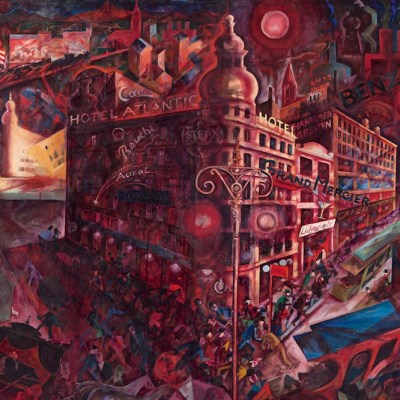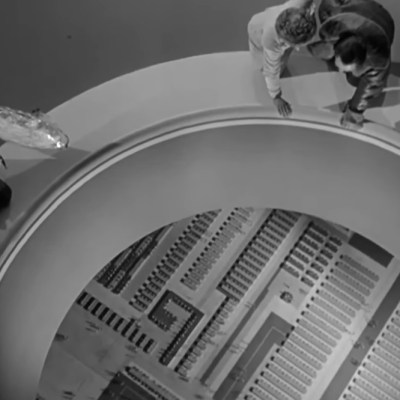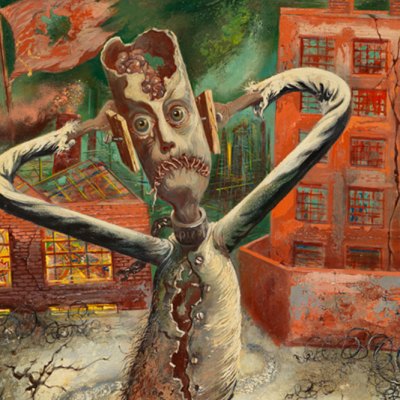Provenance research rarely takes the spotlight in major museum exhibitions. It tends to happen behind closed doors – patient, painstaking work that is likely to unsettle rather than flatter institutions and their donors, bringing to light dubious acquisitions, uneasy legacies and the spectre of restitution. In Germany, this reckoning runs deeper than in the Anglo-American world, shaped by the dark inheritance of cultural plunder in the National Socialist years. In the Vergangenheitsbewältigung – the nation’s ongoing dialogue with its Nazi past – the question of how the nation’s art objects came to be where they are, and whose hands they passed through on the way, is a central one.
The wonderful new exhibition of the work of Lovis Corinth (1858–1925) at the Alte Nationalgalerie in Berlin has provenance at its heart. It coincides with the centenary of Corinth’s death but, even though he died long before the Nazis came to power, the tangled story of his work’s posthumous fate provides a compelling frame for the exhibition. In 1937, under the direction of Joseph Goebbels, 357 of Corinth’s pictures were confiscated from German museums and a few were exhibited in the Degenerate Art (Entartete Kunst) exhibition in Munich that year. This exhibition is structured around how and why they made their way back into the collection of the Nationalgalerie – or didn’t.
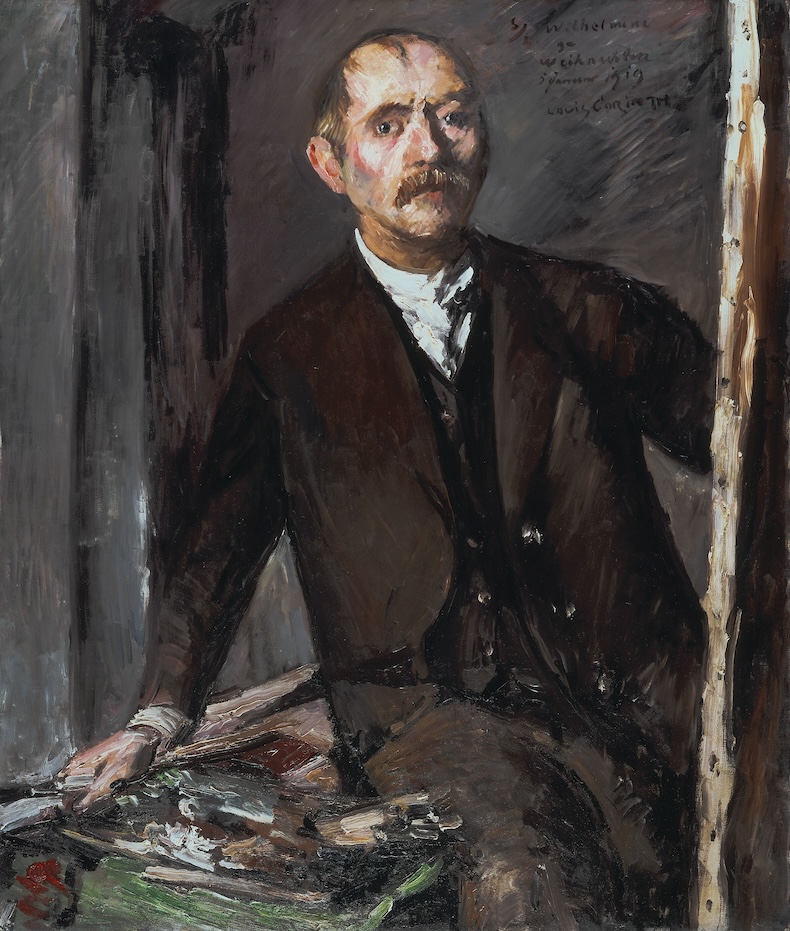
Corinth is less well known in the UK than some of his German contemporaries. His work was the subject of Tate shows in 1958–59 and again in 1997, to mixed critical response. Tim Hilton wrote that Corinth’s ‘coarseness of feeling, egotism and provincial self-satisfaction are a wonder to behold’, and that his ‘sheer gusto for pigment’ only just overcomes his essential bad taste. In Germany, however, his place in the development of modernist painting is assured. This exhibition focuses on his paintings after 1911, the year when he suffered a major stroke that moved his work away from the more academic style of his 19th-century paintings and towards a looser, more Impressionistic, brushstroke-heavy style. On the basis of the best pictures in the show, such as his light-drenched watercolour of the Walchensee (1925), the beloved Bavarian lake that he painted many times, or Cesare Borgia (1914), in which the American painter Arthur Kraft poses as the Renaissance condottiere in colourful tunic and hose, Corinth’s reputation as a vigorous and high-spirited Post-Impressionist is well earned.
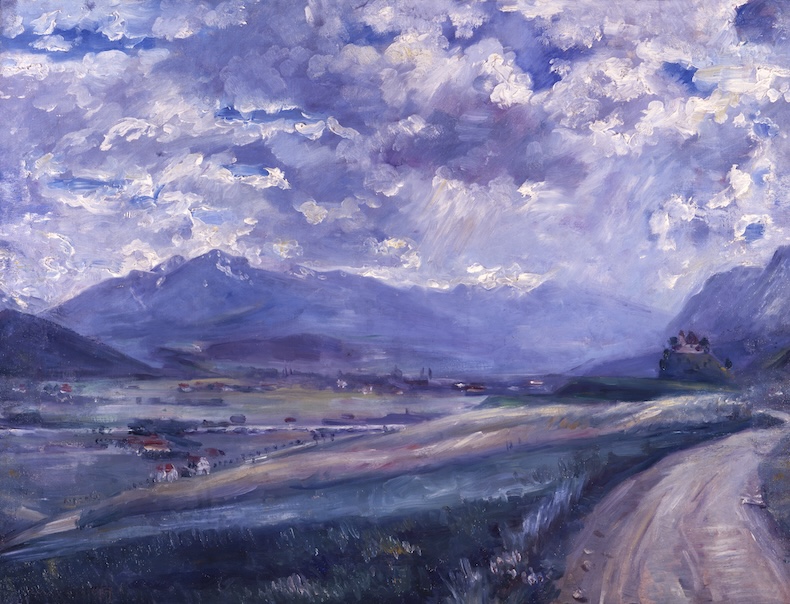
This exhibition also includes four paintings by Charlotte Berend-Corinth (1880–1967), the Jewish artist who was married to Lovis Corinth and who long outlived him after her emigration to the United States in 1933. The most striking of them, Self-Portrait with Model (1932), in which the watchful image of the artist and the naked model behind her both bear Charlotte’s own face, make a persuasive case for her as an artist worthy of attention in her own right; in this exhibition they establish a fruitful dialogue with her husband’s work.
What happened to Corinth’s works in 1937 and the years that followed makes clear the incoherence and inconsistency of the Degenenerate Art campaign. A painting could be designated as entartet because of its style, its subject matter, the ethnic identity or political leanings of its maker, or a more diffuse sense of the mood or attitude it expressed. Some of Corinth’s works were confiscated, but others were allowed to stay in public museums and Nazi ministers disagreed on what should be done with those that were taken. The first room of this exhibition, for instance, under the heading ‘CONFISCATED – RETURNED – TRANSFERRED – ACQUIRED’, displays three different categories of Corinth paintings: those that weren’t confiscated in 1937; those that were confiscated, but were then returned to the museum in 1937; and those that were newly acquired by the museum even during the Nazi years.
In the second room, we get reproductions of paintings that were lost to the museum after confiscation – either because they were lost or destroyed altogether, in which case they are represented in black-and-white photographs, or because they remain in other public or private collections. These are reproduced in colour, and in many ways the reproductions give a more faithful account of the paintings in context than a loan of the originals would, since a feeling of their lostness from the museum’s holdings is more vividly summoned.
Post-war acquisitions are the subject of room three. With the Alte Nationalgalerie now in the DDR, the museum found that many of its Corinth paintings had gone to the Neue Nationalgalerie in West Germany, so it built up their collection again through acquisitions during the Cold War years. Room four features paintings that were re-acquired on the art market in this period.
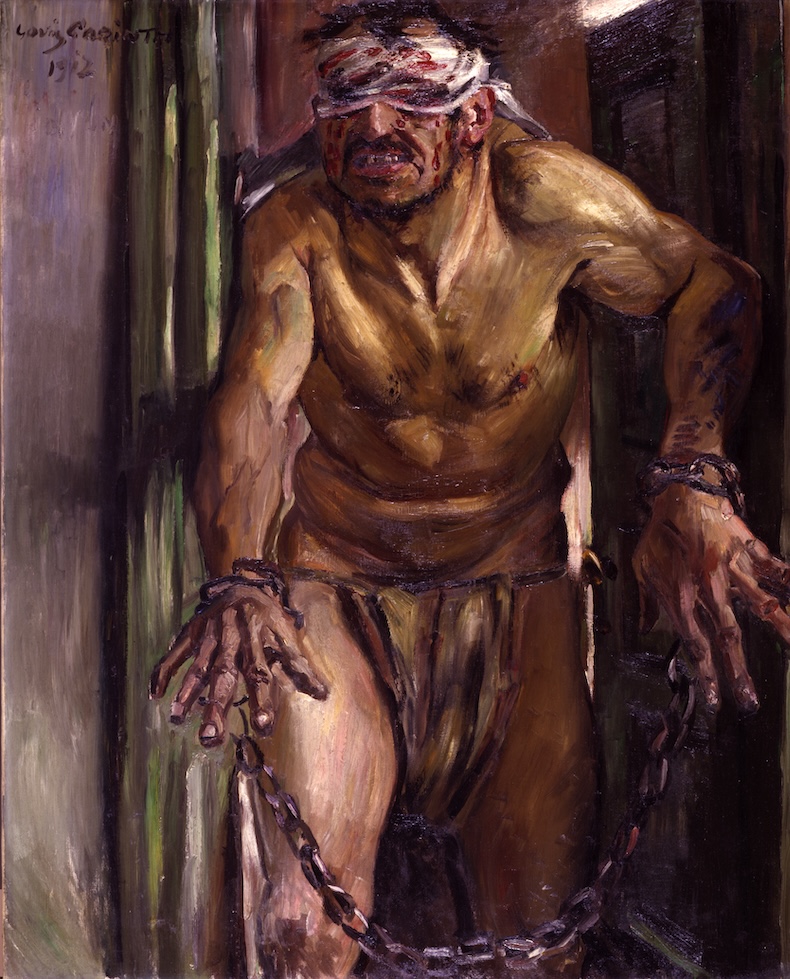
The non-chronological arrangement of the exhibition allows for interesting slices across Corinth’s work. The received narrative of his traditionalism and opposition to Expressionism before he suffered a major stroke in 1911, and his looser, more painterly work thereafter, is somewhat thrown into question. What emerges instead is a range of stylistic means and approaches, variously deployed for the occasion of each painting. Take the magnificent Blinded Samson of 1912, for instance. It is perhaps the stand-out portrait in the show. The mighty being who bursts through a doorway into the picture reconfigures Corinth’s own struggle against bodily constraint, with huge powerful hands groping forward from the canvas in chains. The dramatic lighting and strategic distortion of some areas of the canvas carry perfectly the energy and meaning of the composition, and couldn’t be further from the characterisation of Corinth’s post-stroke works as ‘morbid and unintelligible smearings’ by Adolf Ziegler, President of the Reich Chamber of Art.
As well as assembling a splendid selection of paintings and works on paper, In Sight is also a great example of how to take a rigorous approach to a troubling political history. UK institutions could take note. With no handwringing or talking down, it manages to bring matters of provenance and institutional history to life for a general audience.
‘In Sight! Lovis Corinth, the Nationalgalerie and the “Degenerate Art” Campaign’ is at the Alte Nationalgalerie, Berlin, until 2 November.

